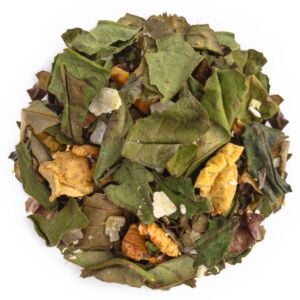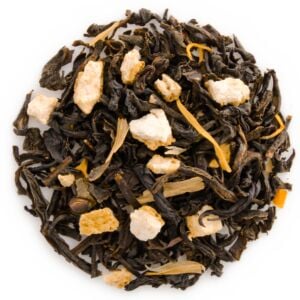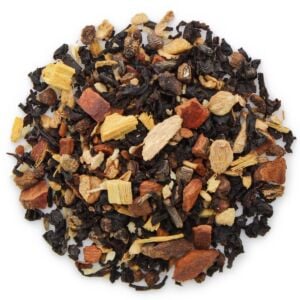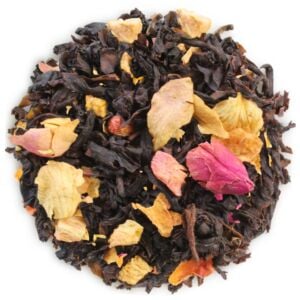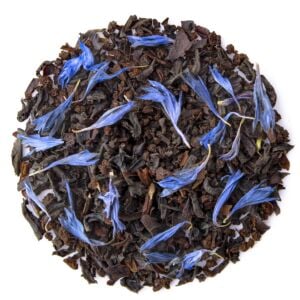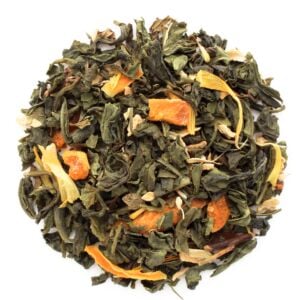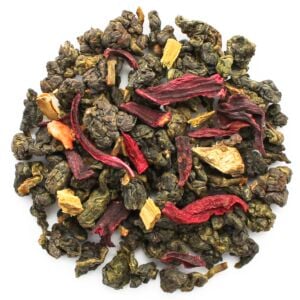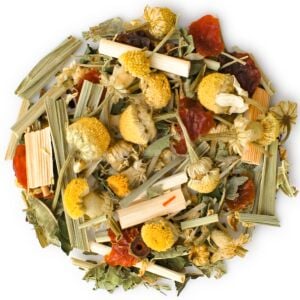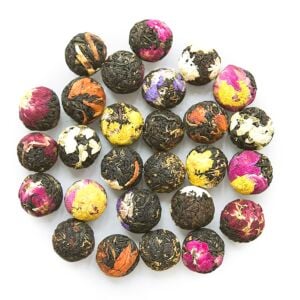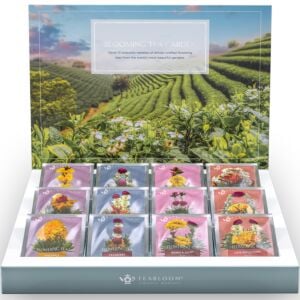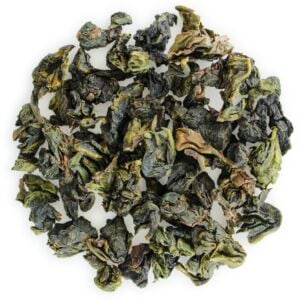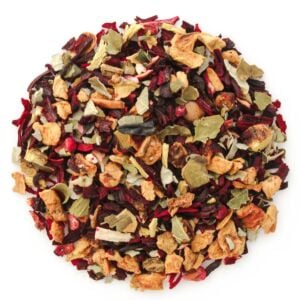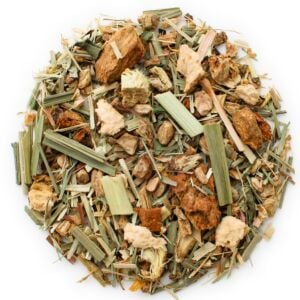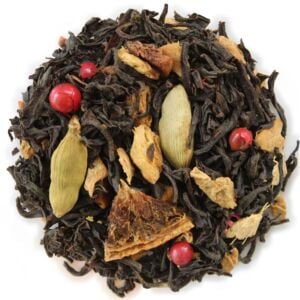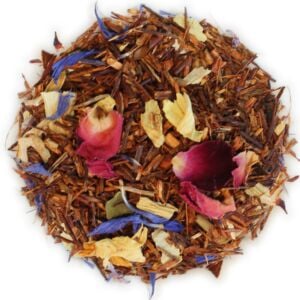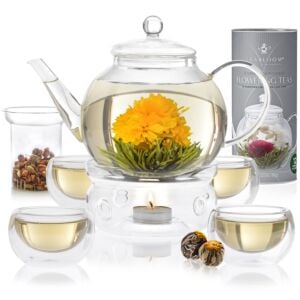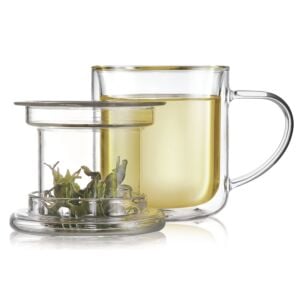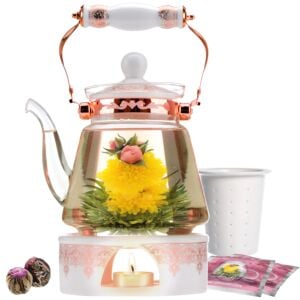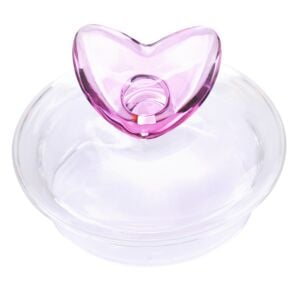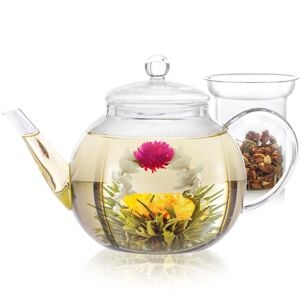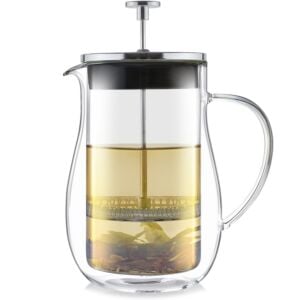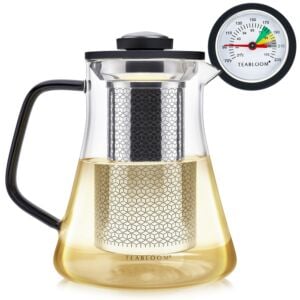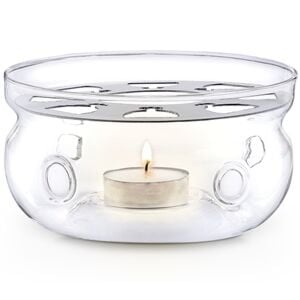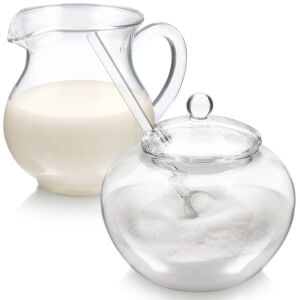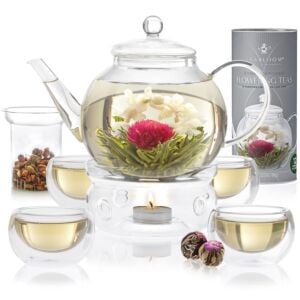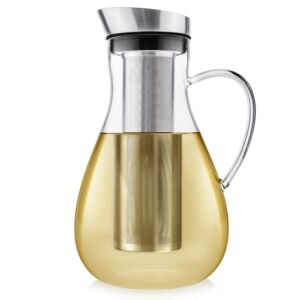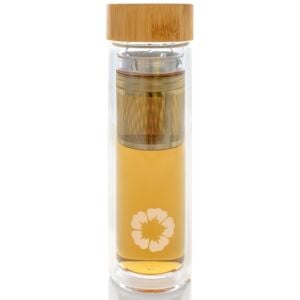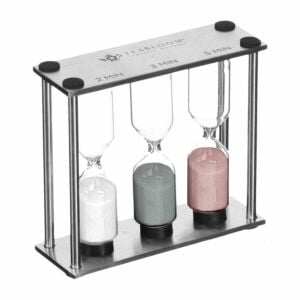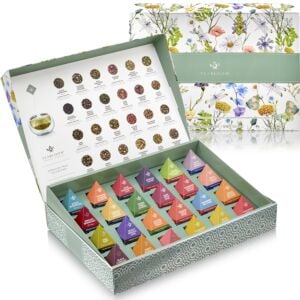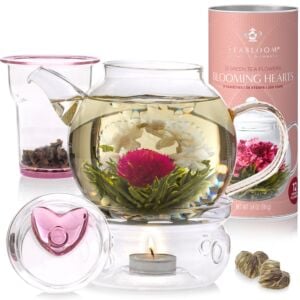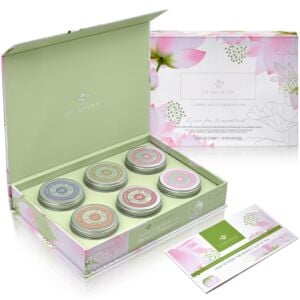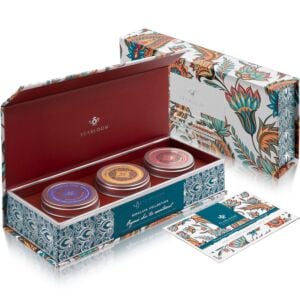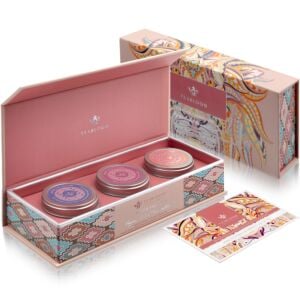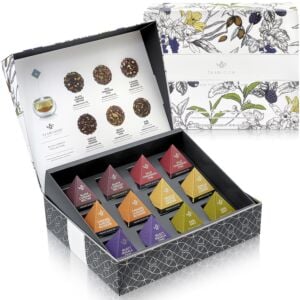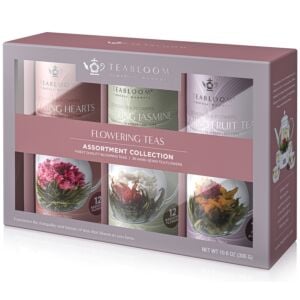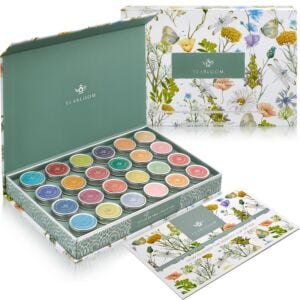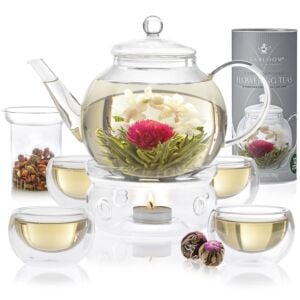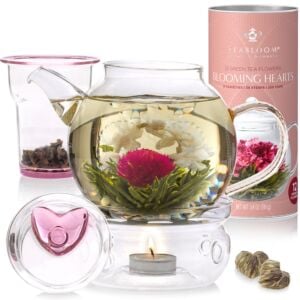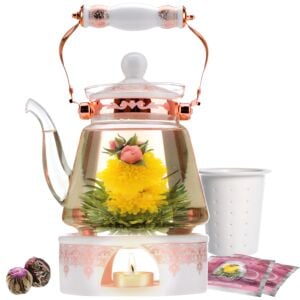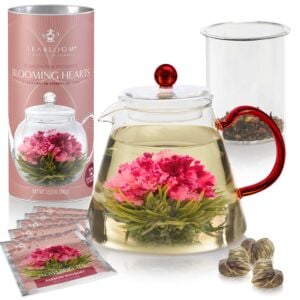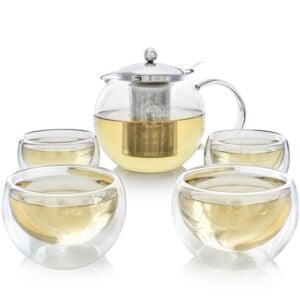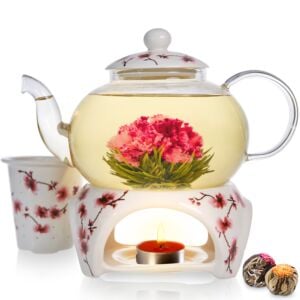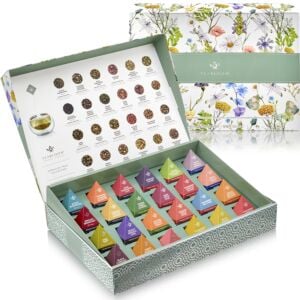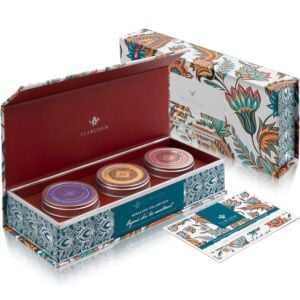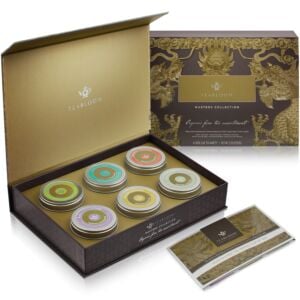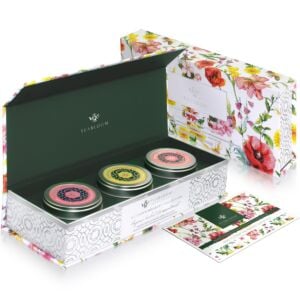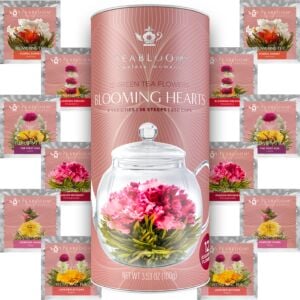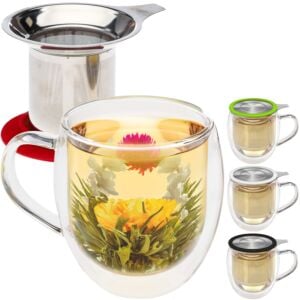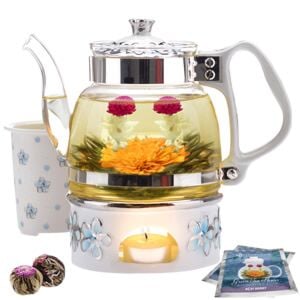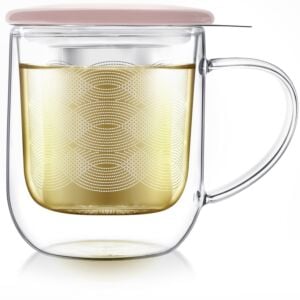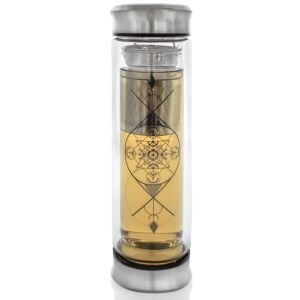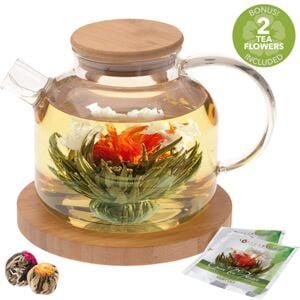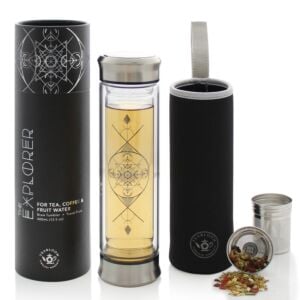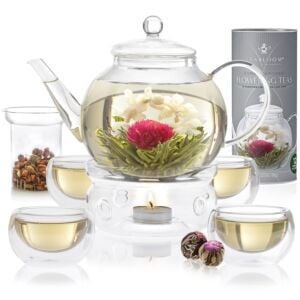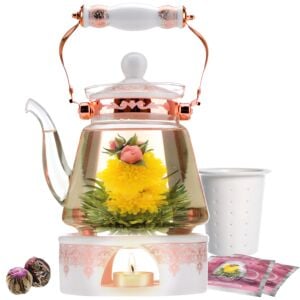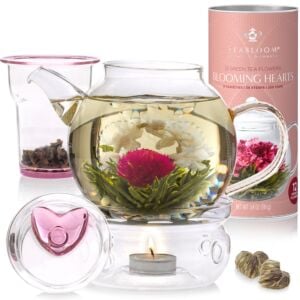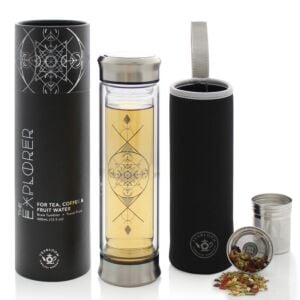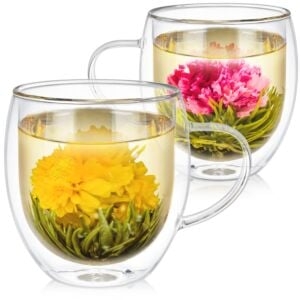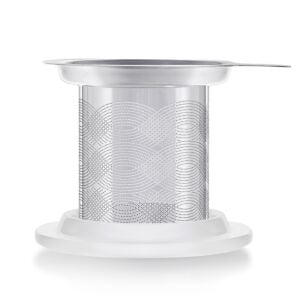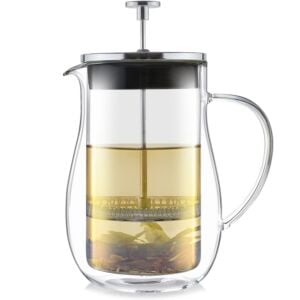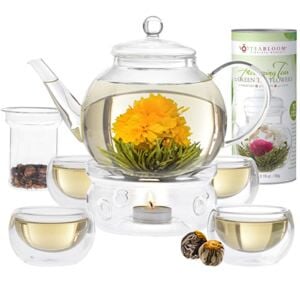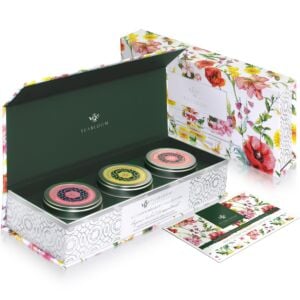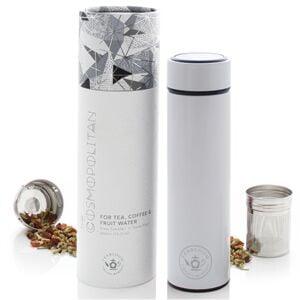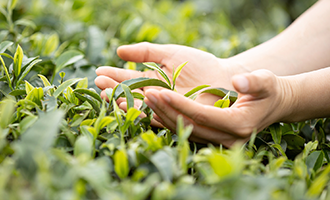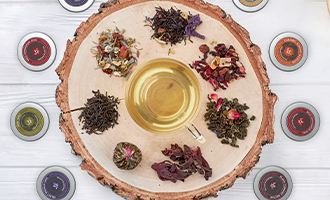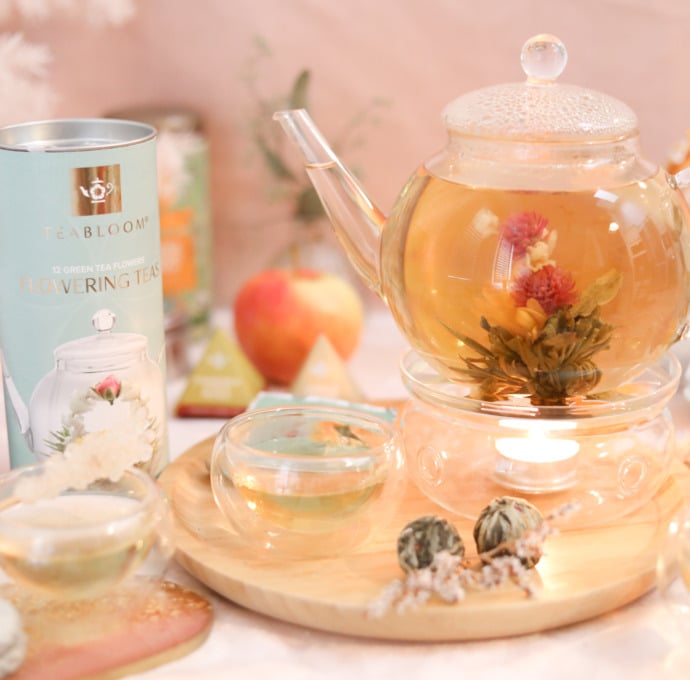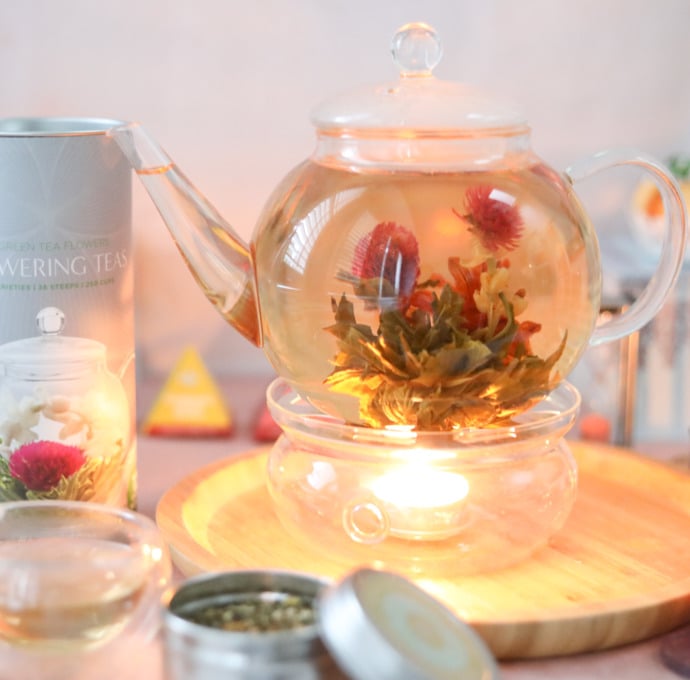Where Does The Tea Come From? Find Out Now!
TEATIME NOTES
Find tips, recipes, and articles to increase your delight and enjoyment of tea.
Where Does The Tea Come From? Find Out Now!
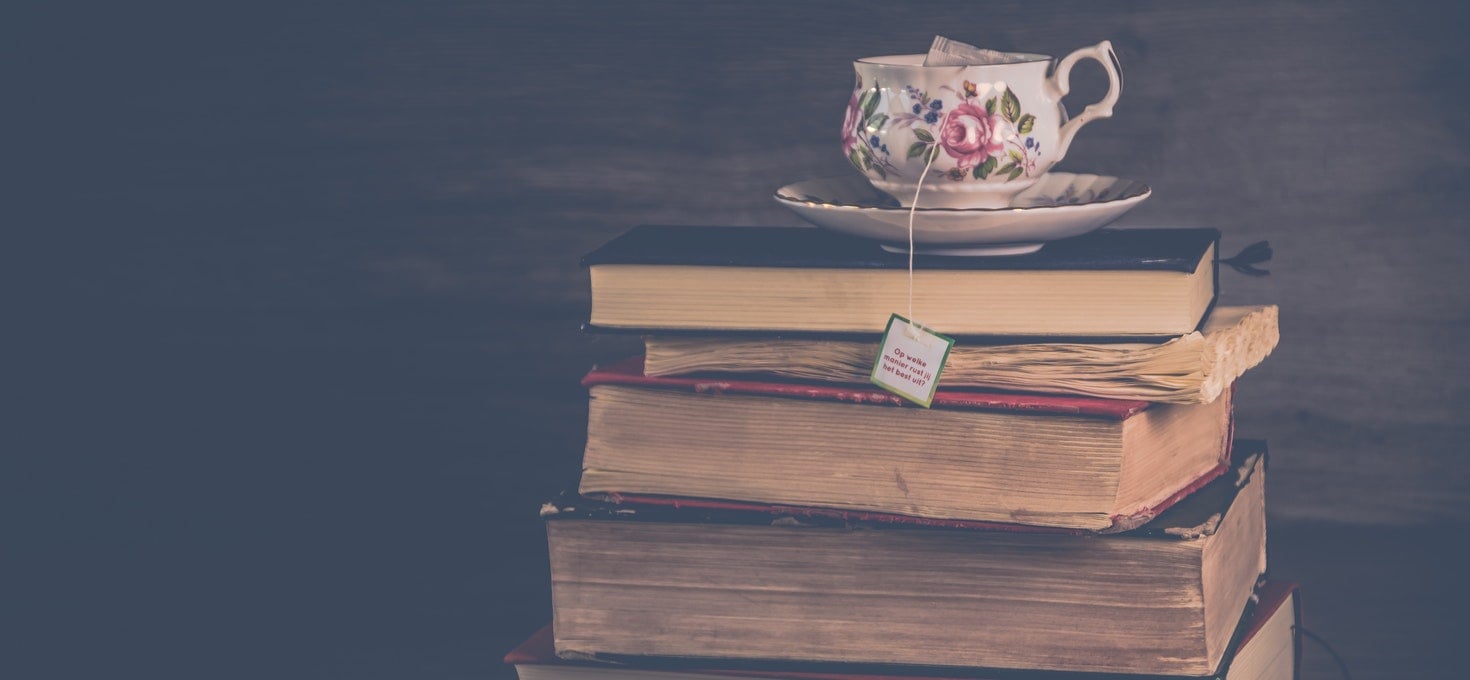 The origin of tea is as fascinating as the drink itself. But, do you have any idea where does the tea come from? While many people assume that all types of popular teas come from different plants, each type of tea begins as Camellia sinensis. The distinctions between these types of teas come not from the type of plant, but from how the tea is prepared after the plant has been harvested. So, if you are wondering where does the tea come from here is your answer.
The origin of tea is as fascinating as the drink itself. But, do you have any idea where does the tea come from? While many people assume that all types of popular teas come from different plants, each type of tea begins as Camellia sinensis. The distinctions between these types of teas come not from the type of plant, but from how the tea is prepared after the plant has been harvested. So, if you are wondering where does the tea come from here is your answer.
Where Does The Tea Come From - The Birth of Tea in China
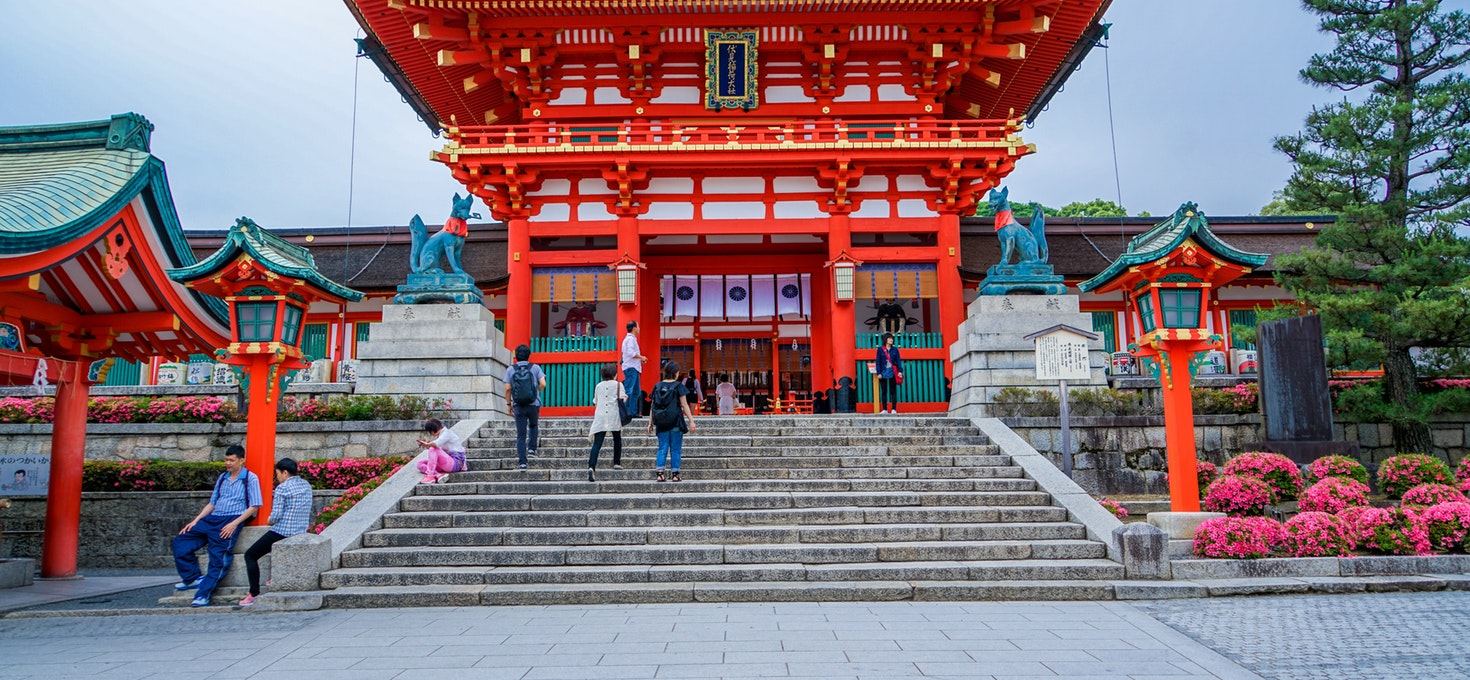 If your question is: where does the tea come from, here is the theory behind it. Tea is often connected to the British culture, and we have been drinking it for over 350 years. However, the history of tea goes much further back.
The story of tea begins in China. According to ancient stories, in 2737 BC, the Chinese emperor Shen Nung's servants were boiling drinking water. Out of the blue, some leaves from the tree blew into the water. Shen Nung, a renowned herbalist, decided to try the infusion that his servants had accidentally created. The tree was a Camellia sinensis, and the resulting drink was what we now call tea.
However, it is impossible to know whether this story is completely true. But, tea drinking certainly became established in China many centuries before it had even been heard of in the west. Containers for tea have been found in tombs dating from the Han dynasty (206 BC - 220 AD). Moreover, it was under the Tang dynasty (618-906 AD), that tea became firmly established as the national drink of China. It became such a favorite that during the late 8th century a writer called Lu Yu wrote the first book entirely about tea. It was shortly after this that tea was first introduced to Japan, by Japanese Buddhist monks who had traveled to China to study. Tea drinking has become a vital part of Japanese culture, as seen in the development of the Tea Ceremony.
If your question is: where does the tea come from, here is the theory behind it. Tea is often connected to the British culture, and we have been drinking it for over 350 years. However, the history of tea goes much further back.
The story of tea begins in China. According to ancient stories, in 2737 BC, the Chinese emperor Shen Nung's servants were boiling drinking water. Out of the blue, some leaves from the tree blew into the water. Shen Nung, a renowned herbalist, decided to try the infusion that his servants had accidentally created. The tree was a Camellia sinensis, and the resulting drink was what we now call tea.
However, it is impossible to know whether this story is completely true. But, tea drinking certainly became established in China many centuries before it had even been heard of in the west. Containers for tea have been found in tombs dating from the Han dynasty (206 BC - 220 AD). Moreover, it was under the Tang dynasty (618-906 AD), that tea became firmly established as the national drink of China. It became such a favorite that during the late 8th century a writer called Lu Yu wrote the first book entirely about tea. It was shortly after this that tea was first introduced to Japan, by Japanese Buddhist monks who had traveled to China to study. Tea drinking has become a vital part of Japanese culture, as seen in the development of the Tea Ceremony.
A Modern Tea Custom Emerges
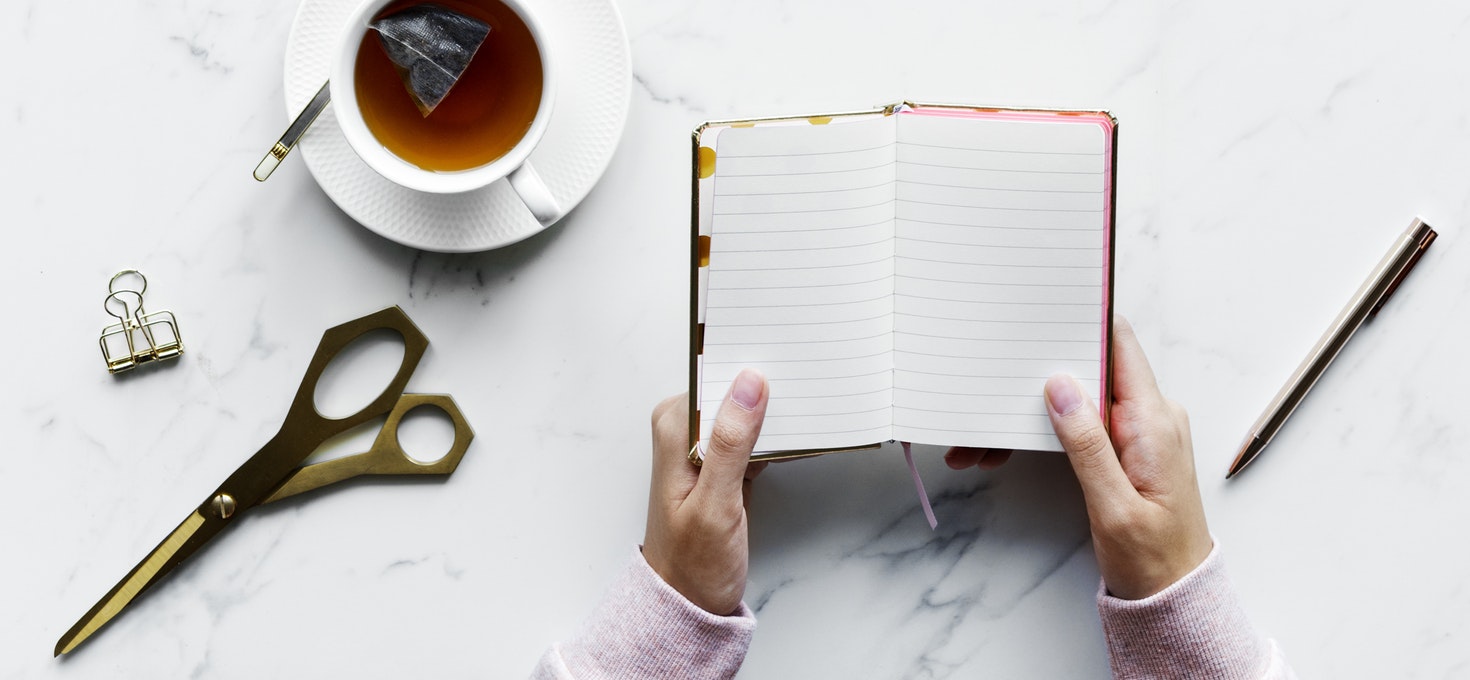 It was not until the Ming Dynasty (1368-1644) that tea was prepared by steeping the whole leaves in water, like it is today. Instead of compressing tea leaves into bricks, the tea leaves were dried, rolled, and heated in iron woks to stop the oxidation process. The brewing process simply involved steeping the tea leaves in hot water, without the need for a whisk.
A Chinese monk brought this new rolled tea with him during his travels to Japan in the 17th century. Shortly thereafter, a tea merchant in Kyoto by the name of Soen Nagatani invented a new Japanese method of steaming, drying, and rolling green tea during the 18th century. This process, and type of tea became known as Sencha. It is now a mainstay in Japanese tea culture.
It was not until the Ming Dynasty (1368-1644) that tea was prepared by steeping the whole leaves in water, like it is today. Instead of compressing tea leaves into bricks, the tea leaves were dried, rolled, and heated in iron woks to stop the oxidation process. The brewing process simply involved steeping the tea leaves in hot water, without the need for a whisk.
A Chinese monk brought this new rolled tea with him during his travels to Japan in the 17th century. Shortly thereafter, a tea merchant in Kyoto by the name of Soen Nagatani invented a new Japanese method of steaming, drying, and rolling green tea during the 18th century. This process, and type of tea became known as Sencha. It is now a mainstay in Japanese tea culture.


